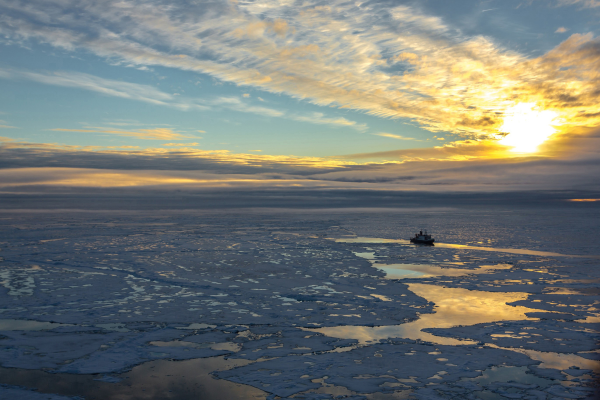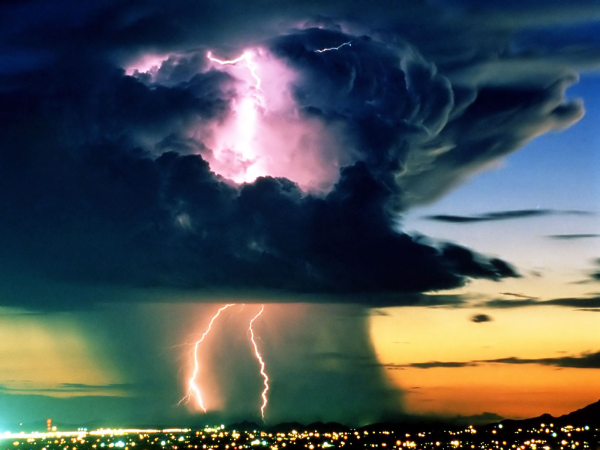The white and puffy ones are cumulus clouds. The wispy and thin ones are cirrus clouds. Then there’s the nimbus, which signals rain. These are a few classifications of clouds that  we often see in the sky. Other than giving you shade on hot and sunny days or bringing a sudden soaking as you walk to classes, clouds also help us understand climate change.
we often see in the sky. Other than giving you shade on hot and sunny days or bringing a sudden soaking as you walk to classes, clouds also help us understand climate change.
Every other spring semester, physics professor, Dr. Nate Magee, teaches a 300-level course called “The Physics of Clouds and Climate” (PHY 345), which allows students to study and interpret data pertaining to clouds and climate change.
Clouds are a major variable in studying Earth’s climate system, which research agencies such as the National Science Foundation (NSF) and National Aeronautics and Space Administration (NASA) are currently looking into.
 “Clouds play really significant roles in Earth’s climate.” Magee explained, “The ways they interact with radiation are among of the bigger pieces of uncertainty in the way we model and understand Earth’s climate.”
“Clouds play really significant roles in Earth’s climate.” Magee explained, “The ways they interact with radiation are among of the bigger pieces of uncertainty in the way we model and understand Earth’s climate.”
“A lot of our core physics courses are in disciplines that are pretty well established and have been established for a very long time,” said Magee. “In this course, students are looking at new data and measurements that are not completely understood, and using physical models and mathematical techniques to understand what the data can mean.”
 Thus students are immersed in a very current topic. Applying experience and knowledge obtained from their fundamental physics courses, students work with primary scientific literature, weather forecasting software, 3-D visualizations, and take part in field experiences such as weather balloon launches.
Thus students are immersed in a very current topic. Applying experience and knowledge obtained from their fundamental physics courses, students work with primary scientific literature, weather forecasting software, 3-D visualizations, and take part in field experiences such as weather balloon launches.
“This gives students a real appreciation of science on its forefront. It is something that is happening now,” said Magee. “Discoveries are happening now. And it’s not something in a textbook written fifty years ago.”
By Danielle Leng
For More Information:
- Download an example course syllabus
- To learn more about Dr. Magee and his research, visit his web page.
- To see videos of Dr. Magee’s research, click here.
- To check out TCNJ’s weather station, click here.
- TCNJ Physics Department




